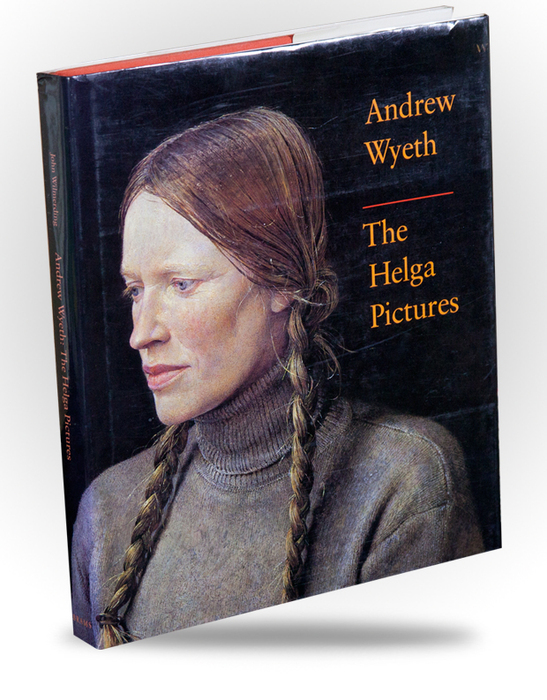
Many of the rooms are festooned with prints of art work by Wyeth, or photos related to him. Today, they have put the house up for sale because it’s too big for them. “And then he took over their lives,” Wyeth’s son, Jamie, wisecracks before breaking into a knowing laugh when he’s told the story. He told them he’d like to paint more of the house. “I don’t know if you know me.” They knew who he was, they told him. A few hours later, there was a knock on the door.

She decided he must be an artist and let him continue his work. His head kept bobbing up and down, and he seemed to be looking down at something. Helen Sipala was looking out her kitchen window when she spotted a man in her backyard. Corn, an American art and cultural historian who specialized in the late 19th- to mid-20th centuries movements, called Wyeth a “metaphoric realistic,” meaning that he chose people who reminded him of some aspect of life or part of history he was interested in. It was hard to tell what drew Wyeth’s attention when he chose people as models, says Joyce Hill Stoner, a conservator with Winterthur Museum who worked with Wyeth and his paintings for about 30 years. STORY: Andrew Wyeth retrospective in Chadds Ford brings famous, rarely-seen paintings together


 0 kommentar(er)
0 kommentar(er)
